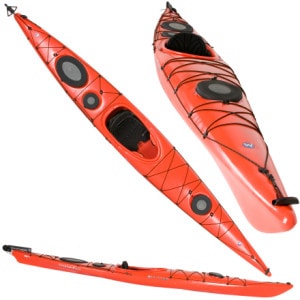In a week or so, I am leaving for Dubai. yes, that Dubai, in the United Arab Emirates. I'll be working for two months as a sea kayaking, backpacking and ropes course instructor. I am extremely excited to have this opportunity to travel for free and experience a place that is so radically different from anything I've seen before. I'll be leading girls from local Dubai schools and working with my friend Jessi, who I met through a mutual friend, worked with at Great Outdoor Provision Company as well as Pamlico Sea Base. They needed another female guide so she called me. Without her, I wouldn't have this opportunity!
I'll be documenting my adventures here on my blog. I'm planning to take tons of photos and keep a journal. There is a small internet cafe down the road from where I'll be staying so I'll be able to keep in touch.
I have lots of ideas about what I would like to do while I'm there, most of which are very vague, but I do know that I want to ride a camel in the desert! Hopefully I'll have an opportunity to do that and much more.



